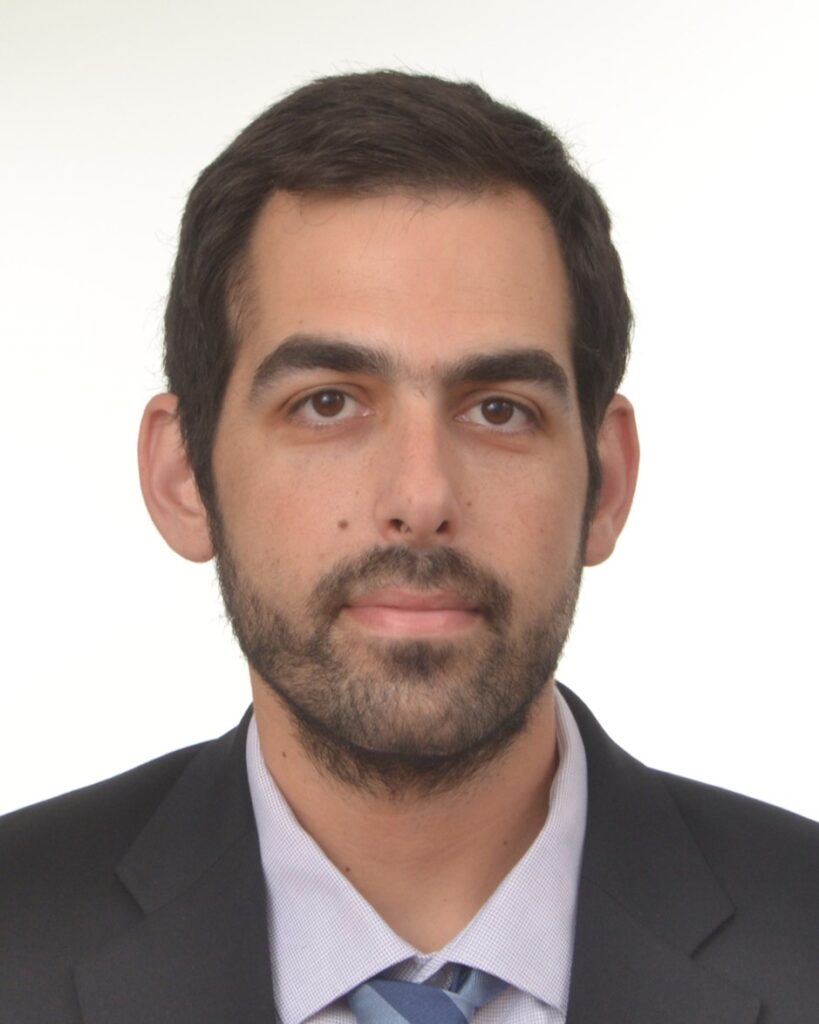
Miltiadis A. Makrygiannakis, DDS, MSc, MOrth RCSEd, Dipl Ortho
Miltiadis Makrygiannakis is a specialist orthodontist based in the private sector in Athens, Greece. He also serves as a scientific collaborator at both the School of Dentistry of the European University Cyprus and the Department of Orthodontics at the National and Kapodistrian University of Athens. In addition, he is currently pursuing a PhD at the latter institution. Since 2021, he has held the position of Secretary General of the Greek Orthodontic Society.
Dr. Makrygiannakis earned his Doctor of Dental Surgery (DDS) degree from the National and Kapodistrian University of Athens. He later completed postgraduate specialty training in Orthodontics (MSc) at Mohammed Bin Rashid University of Medicine and Health Sciences (MBRU) in Dubai, UAE. Following his training and successful examination, he was awarded the Membership in Orthodontics by the Royal College of Surgeons of Edinburgh (MOrth RCSEd) after passing the requisite examinations.
Dr. Makrygiannakis is involved in academic teaching at the European University Cyprus and the University of Athens. He has co-authored over 50 national and international scientific publications. Also, he has twice been awarded scholarships from the Special Account for Research Grants and, in 2024, received the Young Speakers’ Francesca Miotti Award by the European Federation of Orthodontics (FEO). He also serves as a peer reviewer for several national and international scientific journals.
Topic: AI in Orthodontics: Tool, partner, or replacement?
Artificial intelligence (AI) is increasingly making its way into dentistry and orthodontics, offering tools that can process large amounts of information, interpret radiographs, and even answer clinical questions. These developments are creating exciting opportunities, but at the same time, they raise important questions about reliability, accuracy, and how such tools should be used in practice.
In imaging, AI systems have shown promising results in identifying missing, supernumerary, and impacted teeth, as well as in performing tasks such as tooth segmentation on panoramic radiographs. Deep learning models, in particular, have demonstrated a high level of precision and stability, producing outputs that are often in close agreement with those of human experts. Still, the picture is not uniform. Sensitivity can vary considerably depending on the type of anomaly being assessed: some conditions are recognized consistently well, while others are frequently overlooked. This variability highlights the need for caution when considering AI as more than an assistive technology.
Another area of interest is the use of large language models to generate answers to clinical questions. These systems can provide quick and accessible information and are already being tested for their potential to support evidence-based orthodontics. However, the quality of their responses can be uneven, ranging from clear and accurate explanations to incomplete or even misleading answers. This reinforces the point that, while AI can be a valuable resource, it cannot replace the orthodontist’s critical thinking or scientific judgment.
Overall, recent research suggests that AI has real potential to improve orthodontic care. It can accelerate certain diagnostic processes, enhance efficiency, and provide support in decision-making. At the same time, its limitations are clear, and premature reliance on these tools carries risks. The orthodontist’s role remains central, not only in interpreting results but also in recognizing when AI may be wrong or insufficient.
Moving forward, the most effective method will be to combine AI’s speed and computational power with the careful judgment and contextual understanding of clinicians. With proper validation, ongoing refinement, and responsible use, AI could become a helpful partner that supports, rather than replaces, our work in orthodontics.
